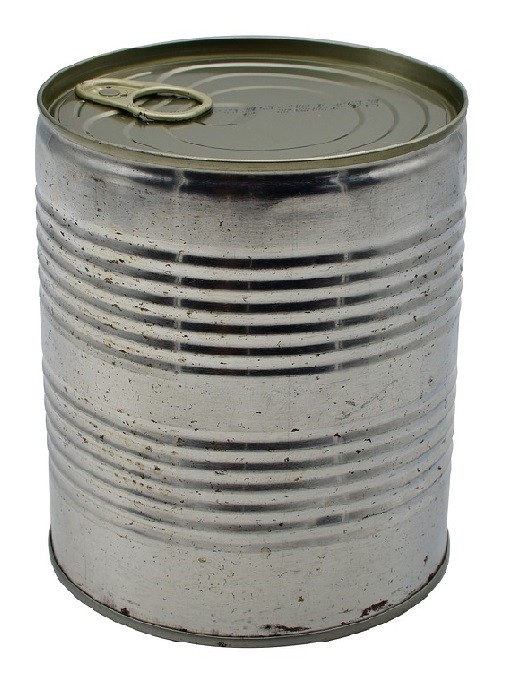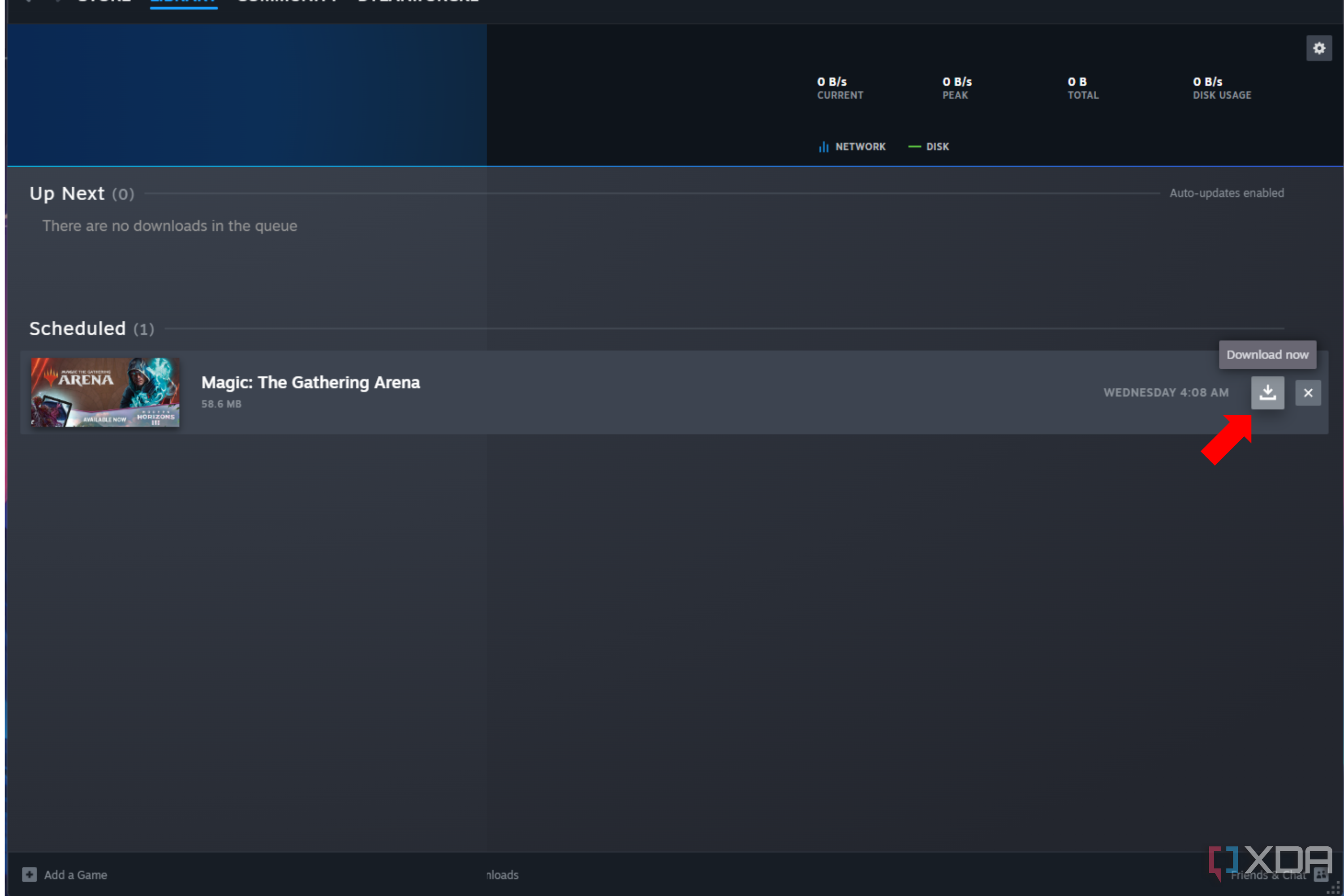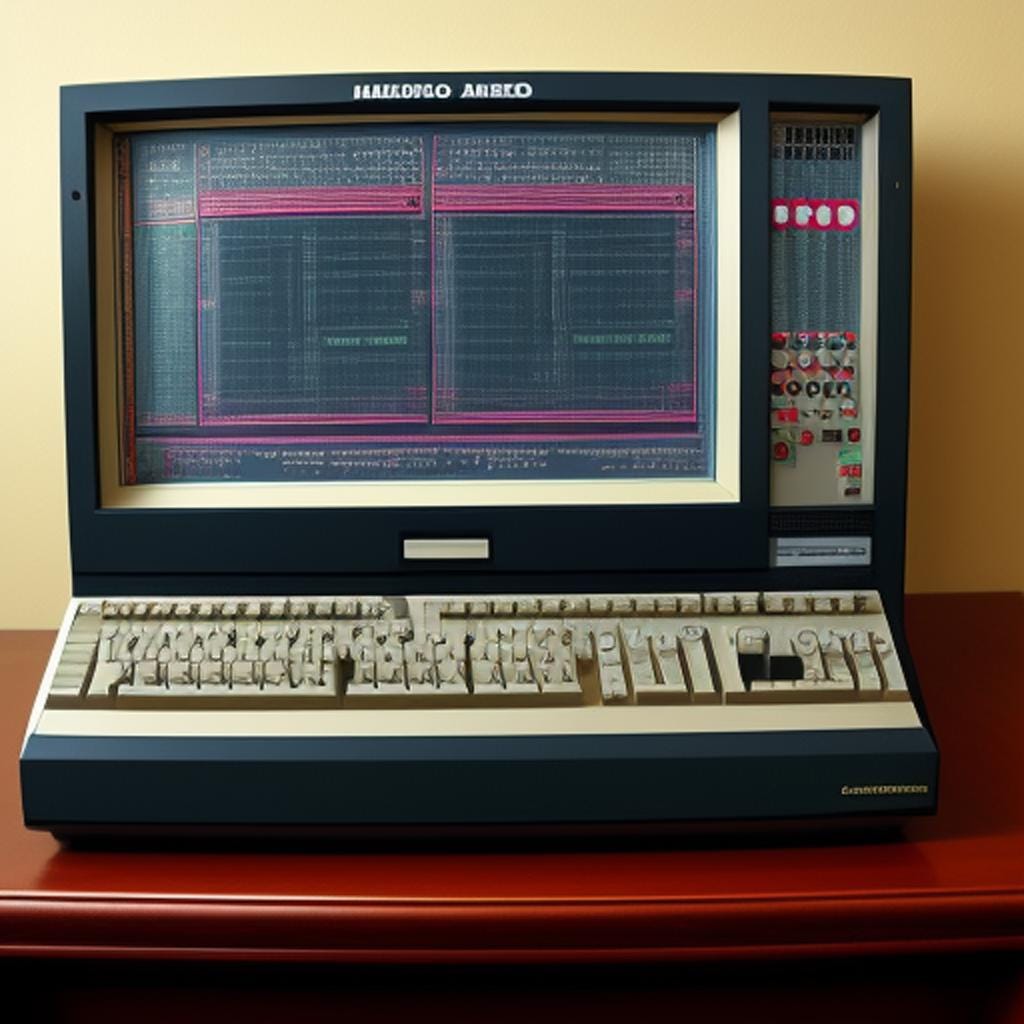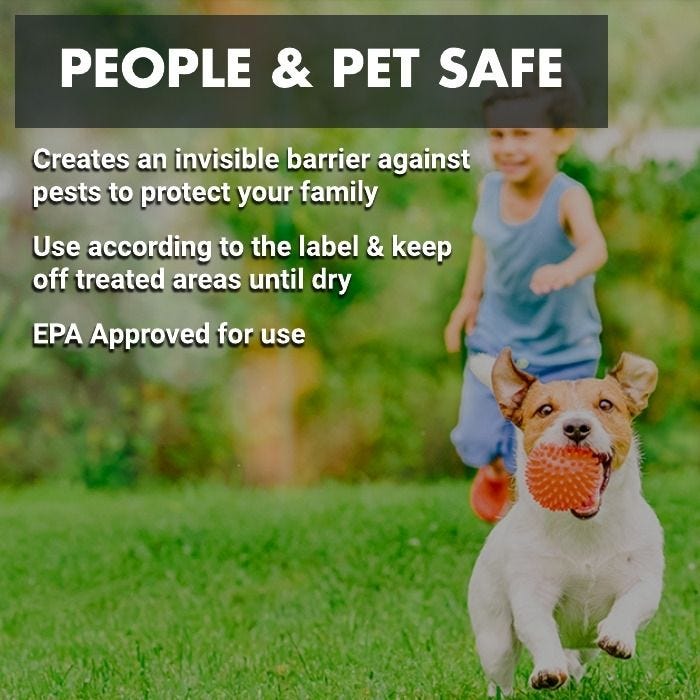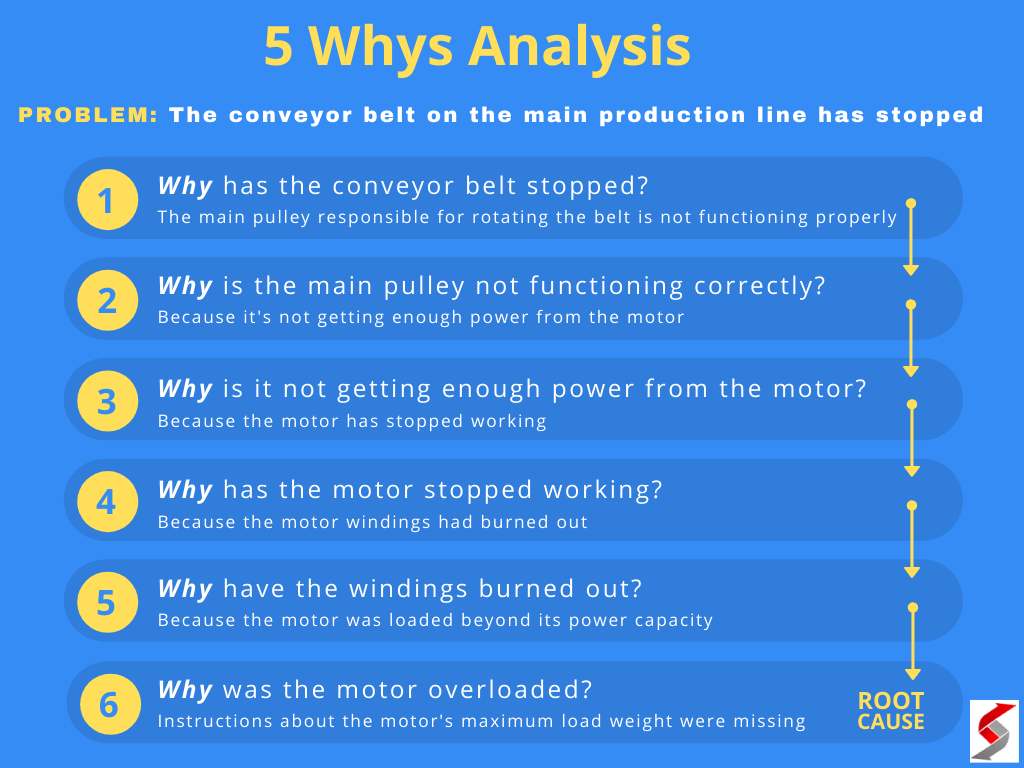Automotive Battery Hazard Classes: What You Need to Know for Compliance and Safety
Introduction: Hazard Classes and Automotive Batteries
Automotive batteries are essential for powering vehicles, but their chemical composition makes them subject to strict hazardous materials regulations. Understanding which hazard class applies to automotive batteries is crucial for anyone involved in manufacturing, shipping, handling, or disposing of these products. Regulatory compliance protects not only individuals but also the environment and the integrity of supply chains. In this guide, we explain the hazard classes for different types of automotive batteries, why these classifications matter, and how you can safely manage their lifecycle.
Hazard Classes Defined: The Regulatory Framework
Hazardous materials are grouped into specific classes by regulatory agencies such as the U.S. Department of Transportation (DOT). Each class is defined by the potential risks posed during handling, storage, and transportation. For automotive batteries, two main hazard classes are relevant:
- Class 8: Corrosive Substances – Includes materials that can cause severe injury to living tissue or damage to materials on contact, such as sulfuric acid found in traditional lead-acid batteries.
- Class 9: Miscellaneous Dangerous Goods – Encompasses a broad range of substances that present hazards during transport but do not fit into the first eight classes. Lithium-ion batteries, used in electric and hybrid vehicles, are classified here due to their unique risks, including fire and thermal runaway.
These classifications dictate shipping requirements, labeling, packaging, and emergency procedures, making it essential to identify the correct class for each battery type [1] , [2] , [5] .
Lead-Acid Automotive Batteries: Class 8 Hazardous Material
Traditional internal combustion engine vehicles almost universally use lead-acid batteries . These batteries contain lead plates and a highly corrosive sulfuric acid electrolyte. The corrosive nature of sulfuric acid is the primary reason lead-acid batteries are classified as Class 8 hazardous materials (corrosive substances) . Class 8 materials can cause severe burns to human skin and eyes, corrode metals, and pose environmental hazards if released [1] , [2] , [4] .
Handling and transporting lead-acid batteries requires specific safety measures, including:
- Using acid-resistant gloves and eye protection
- Storing batteries upright in ventilated areas
- Labeling containers with the correct hazard class and UN number
- Complying with DOT and EPA disposal regulations
For those involved in logistics or automotive service, ensuring that your staff is trained in handling Class 8 substances is crucial. Failure to comply with these regulations can result in fines and increased liability.
Lithium-Ion Automotive Batteries: Class 9 Miscellaneous Hazardous Material
With the rise of hybrid and electric vehicles, lithium-ion batteries have become increasingly common. Their chemistry presents unique hazards, such as risk of fire, explosion, and thermal runaway, especially if damaged or improperly handled. For these reasons, lithium-ion automotive batteries are regulated under Class 9: Miscellaneous Dangerous Goods [2] , [1] , [5] .
Key requirements for Class 9 lithium batteries include:
- Special packaging to prevent short circuits and physical damage
- Clear hazard labeling and shipping documentation
- Limitations on quantity and storage conditions during transport
- Compliance with UN numbers (e.g., UN3480 for lithium-ion batteries)
The Pipeline and Hazardous Materials Safety Administration (PHMSA) offers comprehensive guidance and up-to-date regulations for shippers and handlers of lithium batteries. For the latest federal requirements and shipping instructions, visit the PHMSA official website and search for “Lithium Battery Guide.”
Why Accurate Hazard Classification Matters
Proper hazard classification is not just a regulatory formality-it is a critical safety practice. Misclassification can result in:
- Increased risk of accidents during transport, such as spills, leaks, or fires
- Legal penalties and fines for non-compliance
- Environmental contamination from improper disposal
- Harm to employees, emergency responders, and the public
Every stakeholder in the automotive battery lifecycle-including manufacturers, distributors, retailers, service centers, and recyclers-must accurately identify the hazard class of the batteries they handle. This ensures the implementation of appropriate risk mitigation strategies and maintains the integrity of the supply chain [3] .

Source: newsweek.com
How to Determine the Hazard Class of a Battery
Determining the correct hazard class for an automotive battery involves:
- Identifying the Battery Chemistry: Check the label or technical documentation for information on the battery type (lead-acid, lithium-ion, nickel-cadmium, etc.).
- Assessing Condition: Damaged or leaking batteries may require additional precautions or classification as hazardous waste.
- Consulting Regulations: Refer to the DOT Hazardous Materials Table and relevant federal guidelines for the latest classification criteria.
- Contacting Experts: If in doubt, consult with certified hazmat professionals or regulatory authorities for guidance.
For step-by-step instructions, you can:
- Locate the battery’s product datasheet or safety data sheet (SDS), which will specify hazard class and handling instructions.
- Contact the battery manufacturer’s customer support for clarification on regulatory classification and transport requirements.
- Search for “DOT hazardous materials battery classification” on the official Department of Transportation website for up-to-date information.
Practical Guidance for Safe Handling and Transportation
Whether you are shipping batteries, storing them in bulk, or disposing of old units, follow these best practices:
- Always use the correct packaging and labeling as required for the specific hazard class.
- Train staff in handling procedures for corrosive or miscellaneous hazardous materials.
- Keep spill cleanup materials and emergency equipment accessible in storage and handling areas.
- Ensure batteries are stored in upright positions and away from incompatible materials such as flammable liquids or oxidizers.
- If batteries are damaged or leaking, handle them as hazardous waste and follow local environmental agency protocols for disposal.
To find certified hazardous waste disposal services, you can contact your local environmental protection agency, waste management company, or search for “certified battery disposal” along with your city or state.
Alternative Battery Types and Their Classifications
Besides lead-acid and lithium-ion, some vehicles use nickel-metal hydride (NiMH) or nickel-cadmium (NiCd) batteries. These batteries may also fall under Class 8 (corrosive) or Class 9 (miscellaneous) based on their chemical contents and risks. Always verify with current DOT regulations and the battery’s technical documentation before handling or shipping.
Challenges and Solutions in Hazardous Battery Management
Common challenges include staying current with changing regulations, ensuring proper staff training, and managing damaged or defective batteries. Solutions include:

Source: newsweek.com
- Subscribing to regulatory update alerts from federal agencies
- Implementing regular hazmat training and certification for employees
- Establishing clear protocols for inspecting, packaging, and labeling batteries
- Using third-party experts or consultants for complex shipping and disposal needs
Summary and Key Takeaways
Automotive batteries are classified as hazardous materials, with lead-acid batteries falling under Class 8 (corrosive) and lithium-ion batteries under Class 9 (miscellaneous) . Correct classification is essential for legal compliance, workplace safety, and environmental protection. By following regulatory guidelines, staying informed, and seeking expert advice when needed, you can manage automotive batteries safely and efficiently.
References
- [1] LAX Freight (2024). Automotive Batteries are an Example of Which Hazard Class.
- [2] FreightRun (2023). What Hazard Class are Automotive Batteries.
- [3] Batteries Inc. (2023). Hazardous Materials Classification for Batteries.
- [4] Royalty Speed (2022). Automotive Batteries Are in Which Hazard Class?
- [5] PHMSA (2023). Lithium Battery Guide for Shippers.
MORE FROM gowithdeal.com
